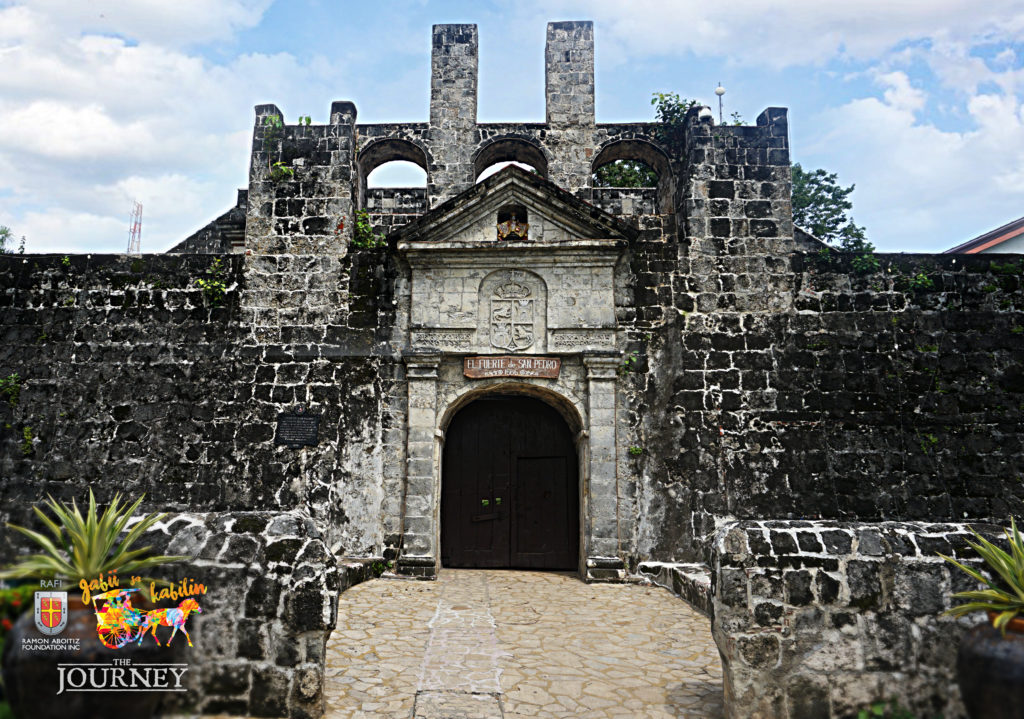
CEBU CITY, Philippines — The Cebu City Council passed an ordinance that would protect the cultural heritage in the city and ensure their conservation in the coming years.
Councilor Joel Garganera, committee chairperson on culture and heritage, identified the heritage sites by the National Historical Institute (NHI) in the city. The properties of historical and cultural value within the downtown area and properties with more than 50 years of existence outside the downtown area are deemed protected sites.
“This is a very timely ordinance because we will be celebrating the Quincentennial celebration of our history next year. It’s time we protect our heritage sites,” said Garganera, who authored the ordinance.
Cultural and heritage sites identified by the NHI are automatically protected under national heritage laws, but for properties that have not yet been identified as heritage sites before, they may apply for such at the City Historical Affairs Office (CHAO) as Protected Heritage Sites.
Identified downtown heritage sites include the Philippine Ports Authority Pilot House, Malacañang sa Sugbu, Plaza Independencia and all existing Monuments therein, Fort San Pedro and all existing Monuments on its immediate vicinity, Compania Maritima, Cebu City Hall grounds, Casa Gorordo, Sandiego Ancestral House, Colon Street monument, Old Downtown Areas, and the Marker of the Birthplaces of Sergio Osmeña among others.
Read: Fort San Pedro in Cebu City reopens
Heavy trucks will no longer be allowed to pass these heritage sites unless they have a permit from CHAO to protect the structural integrity of these structures.
“In order to further protect the foundation and structure of the heritage sites, heavy trucks shall be prohibited from passing through the street where the heritage site is located,” said Garganera.
For those who will be applying for protected heritage site permit, they must take note that any rehabilitation, repair, and construction within the vicinity of the protected site must be approved by the CHAO and the Office of the Building Official.
The ordinance also prohibits the mutilation, vandalism, and disrespect of heritage sites and any person doing so will be facing appropriate charges.
There will be no production, importation, trade, sale, and storage, either short-term or longterm, of any kind of combustible or flammable materials within a 500-meter radius of any known historical and cultural heritage site as well.
Establishment of hazardous industries, buildings, factories, laboratories that handle and/or produce toxic chemical wastes and flammable materials are also not allowed within a 500-meter radius of the protected sites.
Violating the ordinance would entail a penalty that could reach up to P5,000 or imprisonment for a year, which will be at the discretion of the court. The violation can also be used as grounds for revocation or non-renewal of business permits.
For the compliant owner, they get a one-year exemption in Real Property Tax (RPT) every 10 years, and a 50 percent tax incentive on annual RPT if they preserve, reconstruct, or restore the buildings within the site.
The ordinance is awaiting the signature of Mayor Edgardo Labella before it can be implemented. /dbs